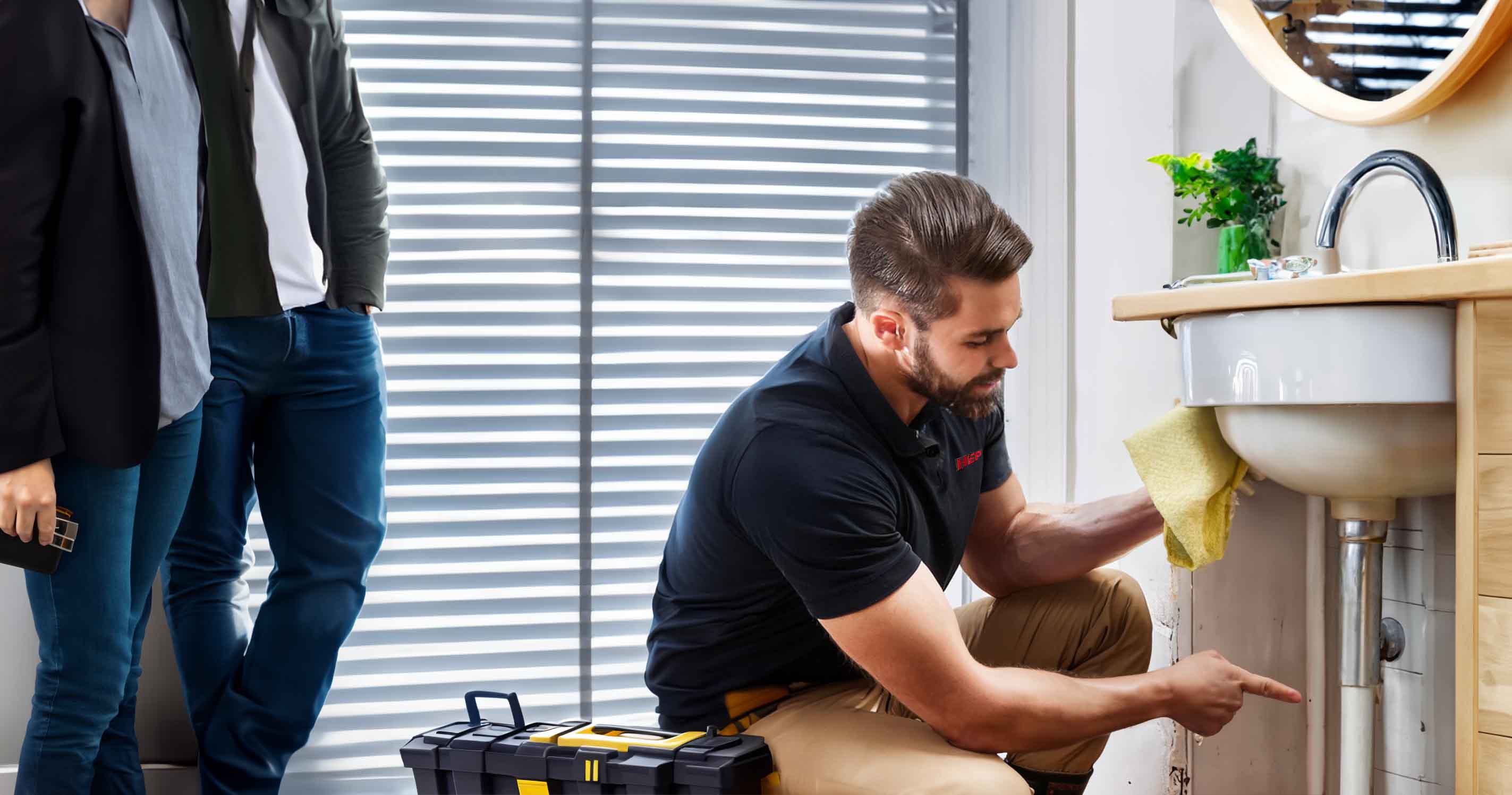

Water Efficiency
Your trusted partner for professional home services. Quality workmanship, guaranteed satisfaction.




- HEP
- Water Efficiency
Water Efficiency | Toilet Upgrades and Replacements | Plumbing | Sequatchie
Your Sequatchie home can flush away hundreds of gallons every year without you even realizing it. Outdated tanks, leaky flappers, and inefficient bowls all add up on your water bill—and they’re rough on the environment too. HEP’s expert plumbers specialize in toilet upgrades and replacements that pair modern, high-efficiency fixtures with precision installation, instantly trimming water use while delivering the powerful, quiet performance you expect.
From helping you choose EPA WaterSense-rated models to hauling off the old porcelain, we handle every detail. Our licensed technicians arrive on time, respect your space, and leave you with a cleaner bathroom and lower utility costs. Ready to start saving? Schedule your water-sipping throne today and see why Sequatchie homeowners trust HEP for comfort, conservation, and a job done right the first time.
FAQs
Why should I consider upgrading to a WaterSense-labeled toilet in Sequatchie?
WaterSense toilets use no more than 1.28 gallons per flush—about 20–60 % less water than standard 1.6–3.5 gpf models common in homes built before 1994. For a typical Sequatchie household, that can save 13,000+ gallons of water and $110–$150 a year on combined water and sewer charges. With local rates averaging roughly $7.90 per 1,000 gallons, most customers recoup the cost of a high-efficiency toilet in two to four years.
Are there local rebates or incentives for high-efficiency toilet replacements?
Yes. The Tennessee Department of Environment & Conservation (TDEC) partners with several utilities, including Sequatchie Valley Electric Cooperative and Dunlap Water System, to offer $50–$100 bill credits when you replace a 1.6 gpf or higher toilet with a WaterSense model. You’ll need the original receipt, a photo of the installed fixture, and a completed rebate form submitted within 90 days of purchase. Our plumbers can supply the documentation and file paperwork on your behalf.
What signs indicate my existing toilet needs replacement rather than repair?
Frequent clogging, visible cracks in the tank or bowl, continuous running even after flapper replacement, mineral buildup around rim jets, and flush volumes above 1.6 gpf all point toward replacement. If you notice your water bill rising despite normal usage, an older, inefficient toilet is often the culprit. In Sequatchie’s hard-to-moderately-hard water, internal components can corrode faster, making replacement the most cost-effective solution after about 15–20 years of service.
How long does a professional toilet upgrade take and will my water be shut off?
A standard removal and installation takes 60–90 minutes per toilet. We shut off only the localized supply valve for that fixture—your home’s main water line stays active. After installation we pressure-test for leaks, caulk the base, and haul away the old unit for environmentally responsible disposal at the Sequatchie County Solid Waste convenience center.
Can I install a dual-flush or pressure-assisted toilet in my older Sequatchie home?
Absolutely. Dual-flush models fit the same 12-inch rough-in most Sequatchie homes have. Pressure-assisted units need at least 25 psi static supply pressure; Sequatchie Valley utility averages 40–60 psi, so compatibility is rarely an issue. During our site visit we verify flange condition, supply line length, and venting to ensure seamless installation.
What maintenance is required to keep a new high-efficiency toilet performing optimally?
1) Inspect the flapper or seal annually and replace it every 3–5 years. 2) Use non-abrasive cleaners; bleach tablets can deteriorate seals and void warranties. 3) Check fill-valve and supply line for leaks twice a year. 4) Avoid flushing wipes—even “flushable” ones—to prevent drain clogs. Following these steps can extend the life of your new toilet well beyond its 10-year parts warranty.